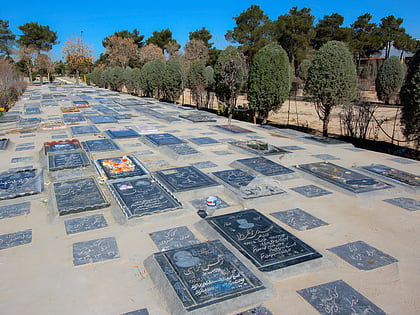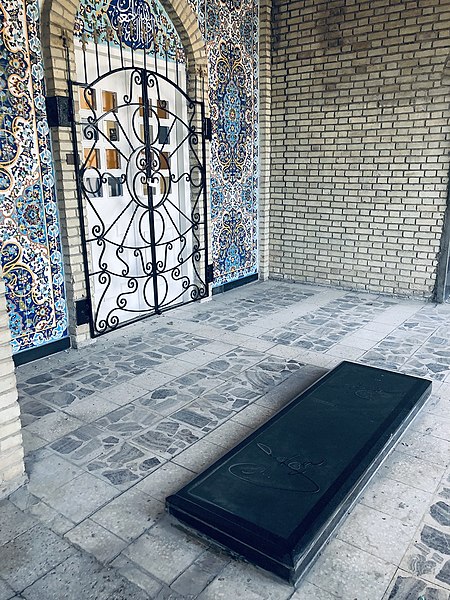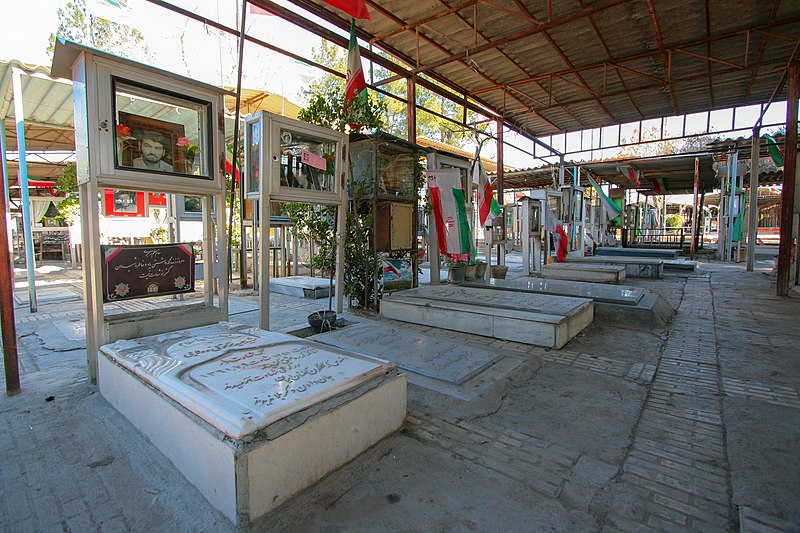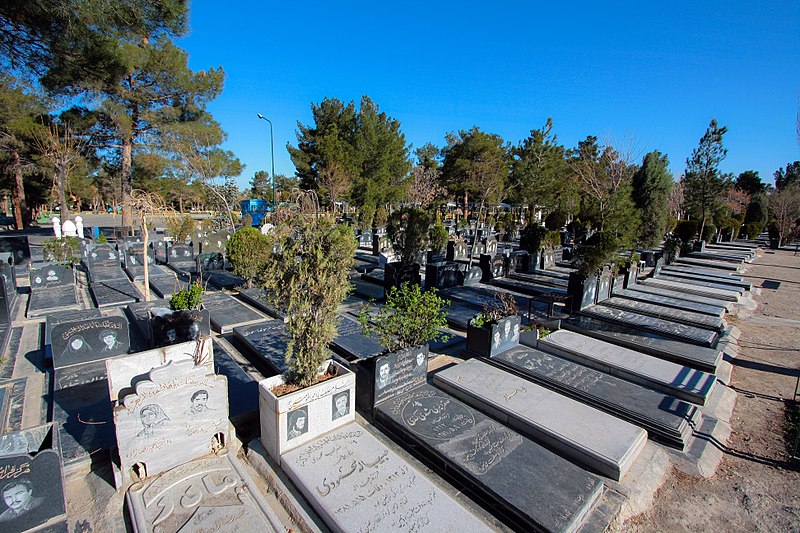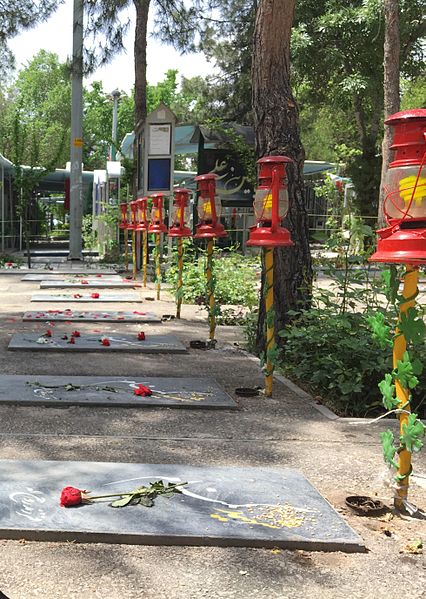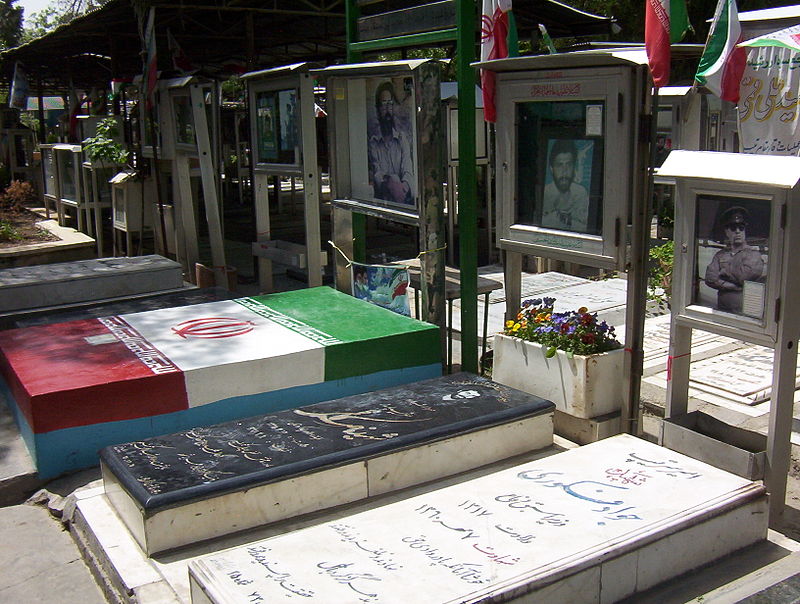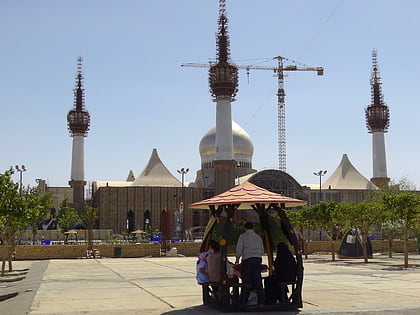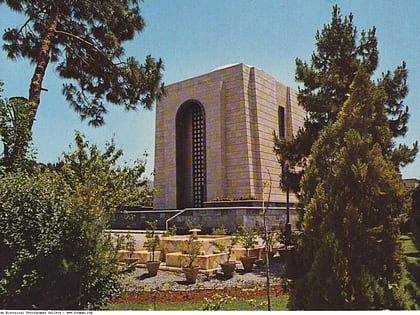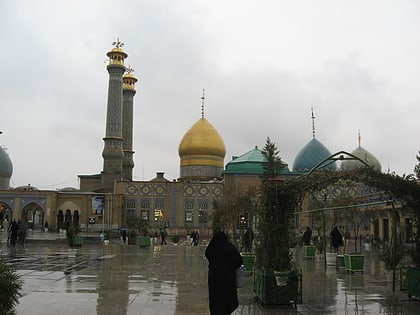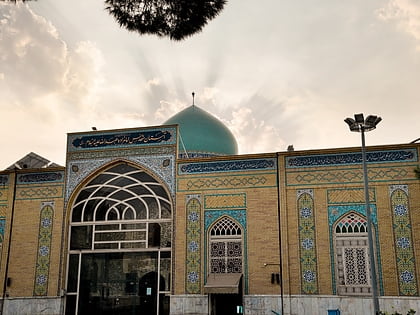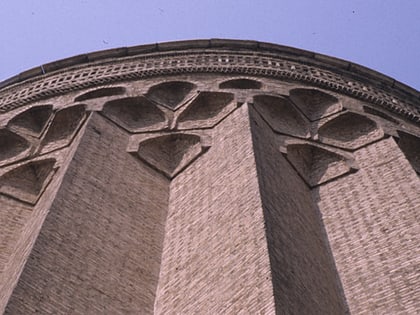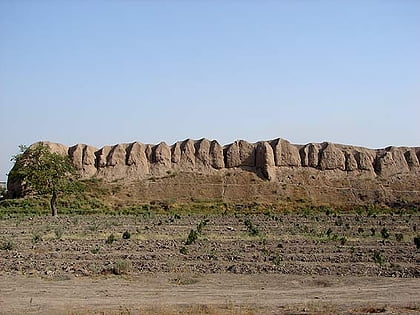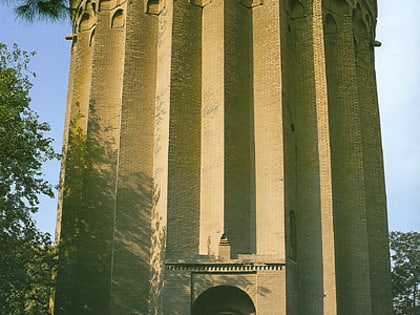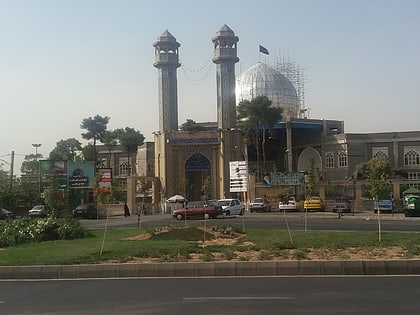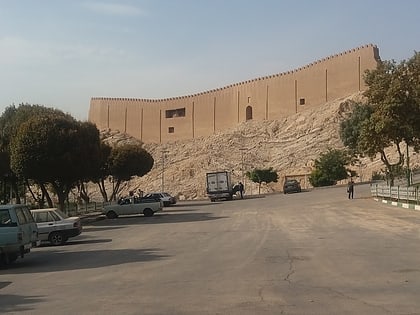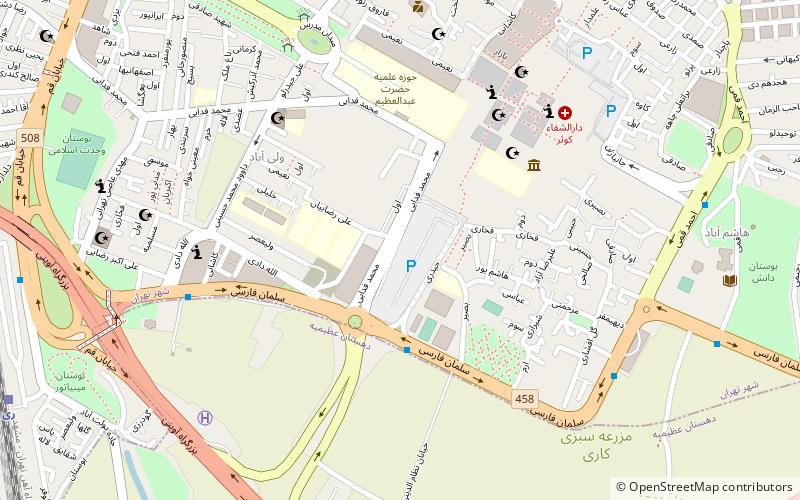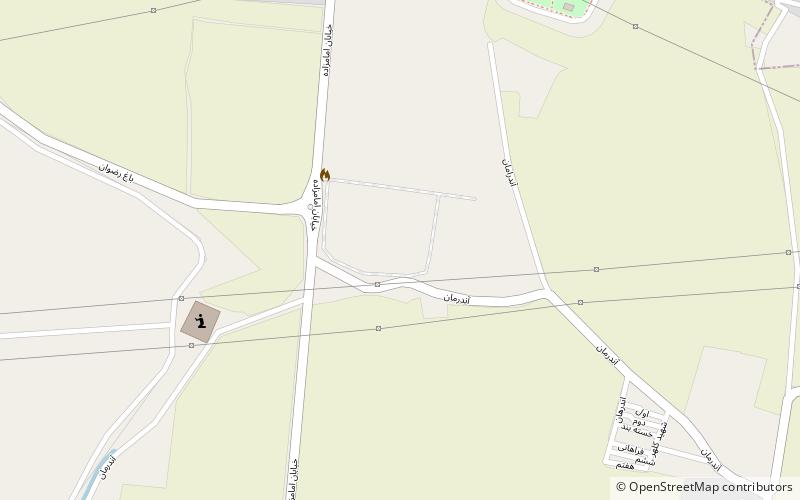Behesht-e Zahra, Tehran
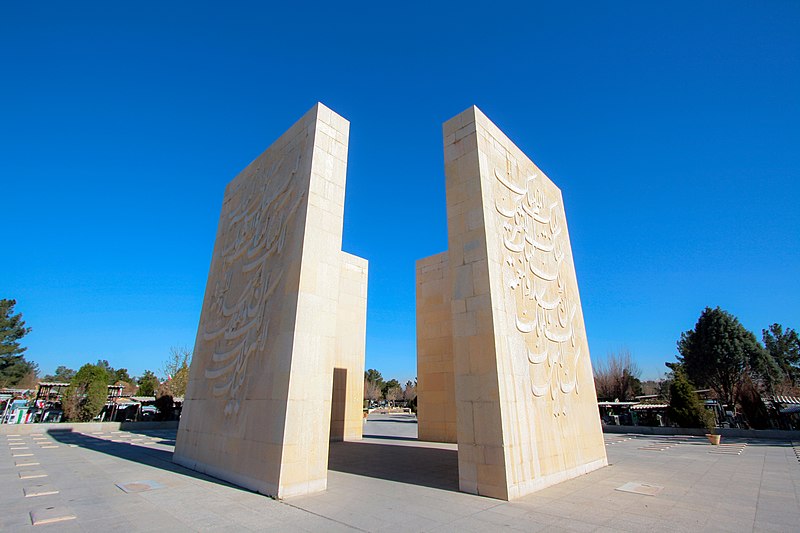
Facts and practical information
Behesht-e Zahra is the largest cemetery in Iran, located in the southern part of Tehran, the country's capital. This sprawling necropolis serves not only as the final resting place for millions of the city's residents but also as a poignant reminder of Iran's turbulent history, particularly the Iran-Iraq War of the 1980s.
Dedicated in 1970, Behesht-e Zahra was named after Fatimah, the daughter of the Prophet Muhammad, who is also known by the title Zahra. The cemetery covers an area of over five square kilometers and is divided into many sections, each with its own unique characteristics and memorials.
Among the graves and mausoleums, one can find the tombs of political figures, war heroes, artists, and scholars. The most visited section is the one dedicated to the "martyrs" of the Iran-Iraq War, where thousands of soldiers who died in the conflict are buried. Their graves, often visited by families and pilgrims, are marked with distinctive red headstones and photographs, creating a powerful visual impact.
The cemetery is not only a place of mourning but also of historical significance. It houses a museum and several monuments, including the imposing Eternal Light (Cheragh-e Javidan) tower and the vast Martyrs' Museum. These structures narrate the story of the war and the lives of those who were lost.
Behesht-e Zahra is a site of deep emotional resonance for the Iranian people. It is a place of reflection and remembrance where the past intersects with the present. Visitors to the cemetery can witness the nation's collective grief and respect for those who have passed on, making it an essential stop for those looking to understand Iran's complex social and historical landscape.
Behesht-e Zahra – popular in the area (distance from the attraction)
Nearby attractions include: Mausoleum of Ruhollah Khomeini, Mausoleum of Reza Shah, Shah Abdol-Azim Shrine, Imamzadeh Abdollah.
Frequently Asked Questions (FAQ)
How to get to Behesht-e Zahra by public transport?
Metro
- Haram-e Motahar • Lines: 1 (21 min walk)
- Kahrizak • Lines: 1 (24 min walk)
